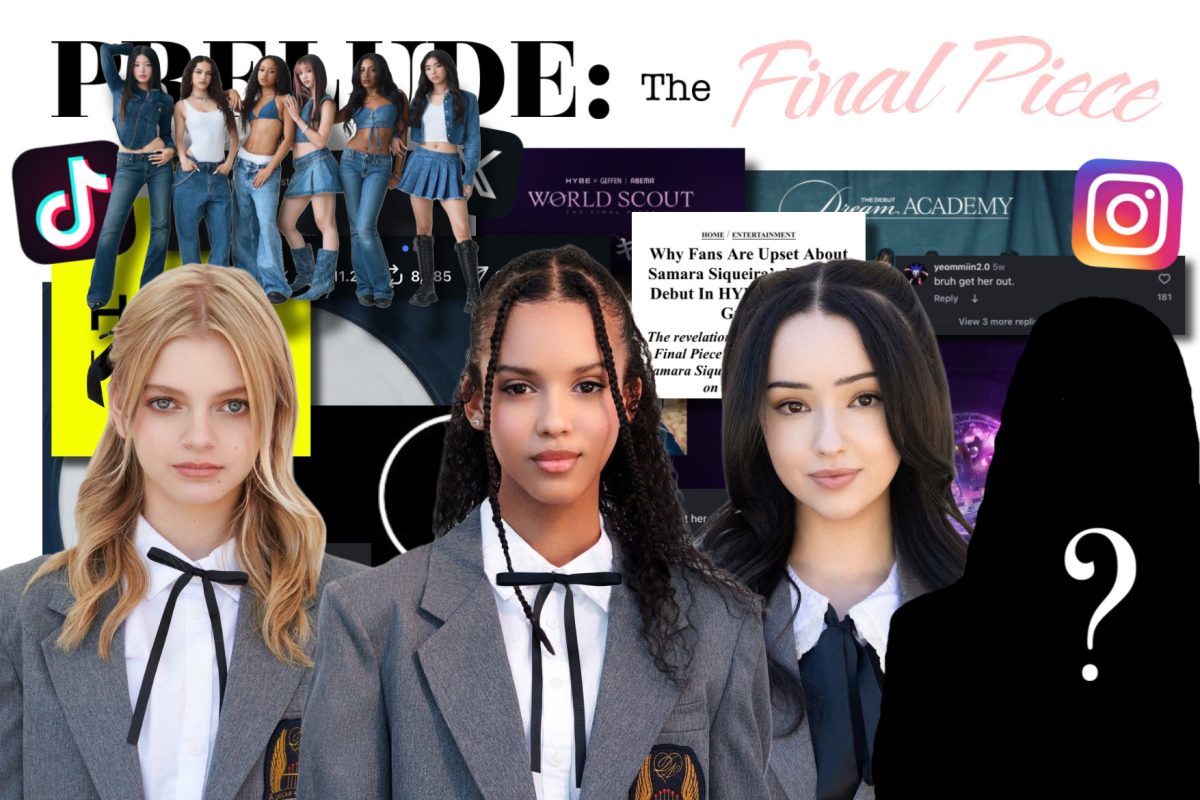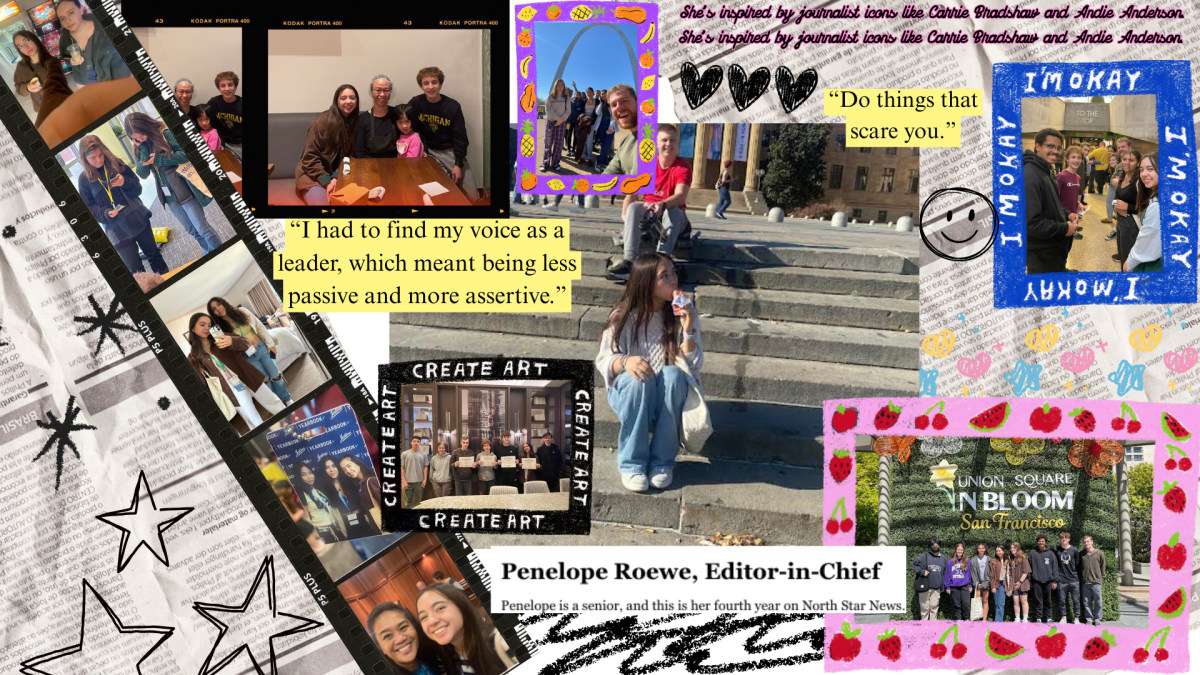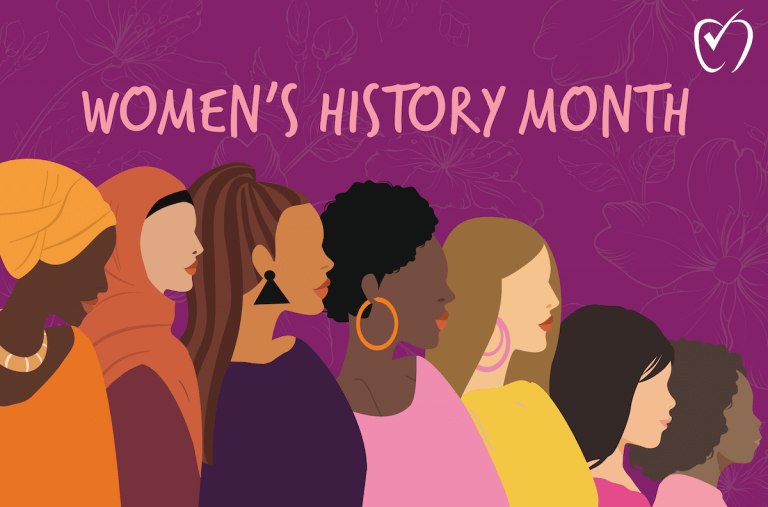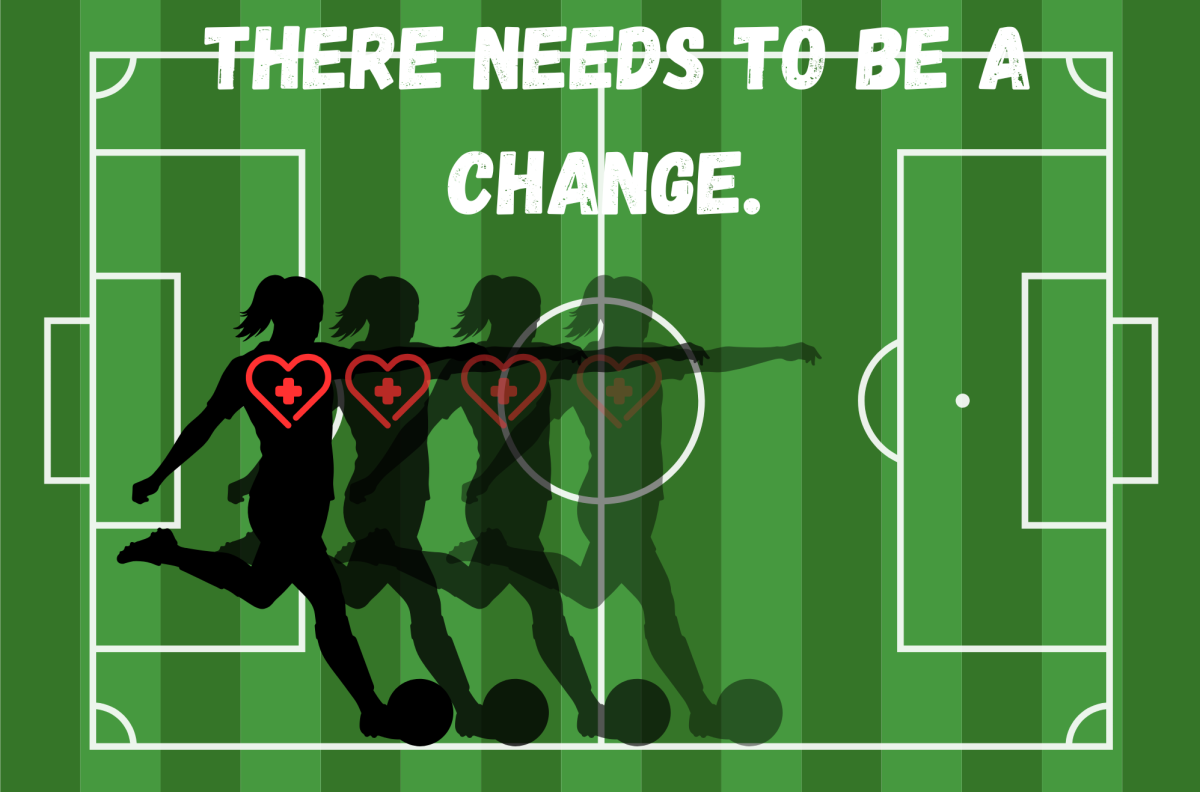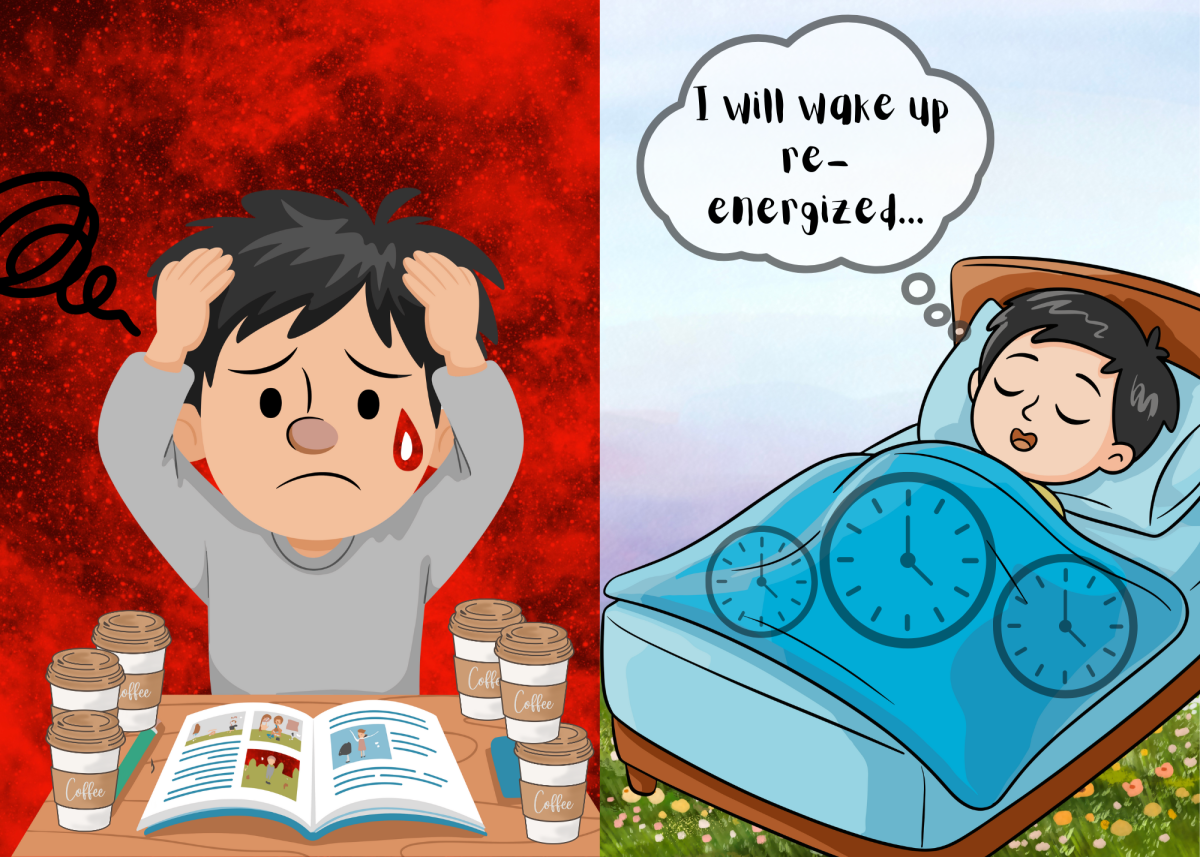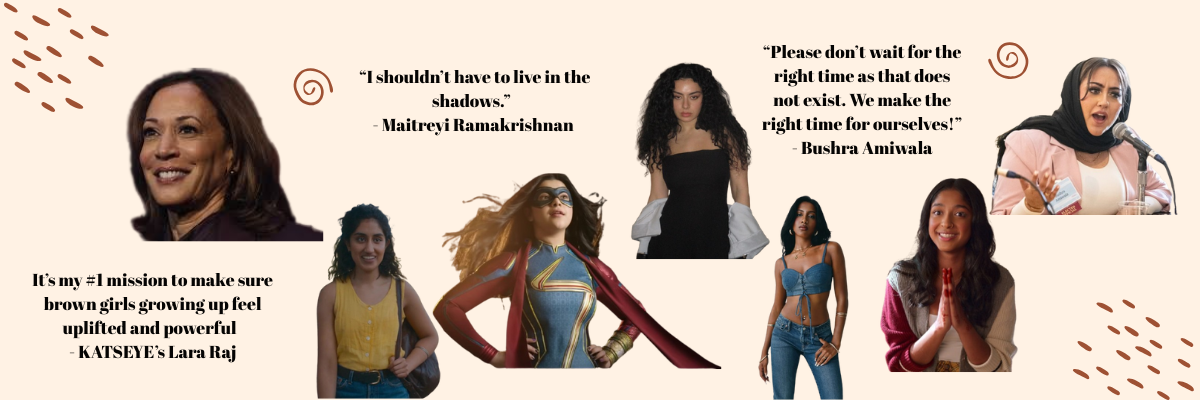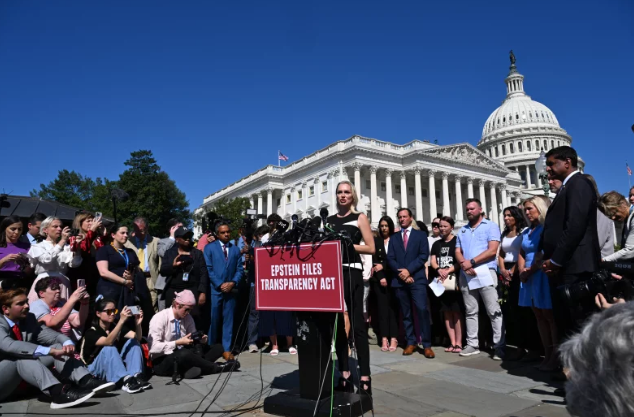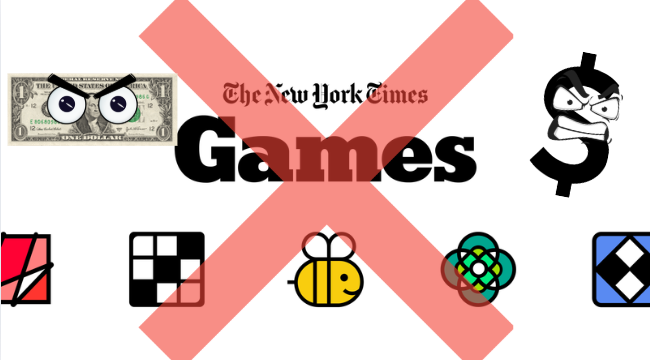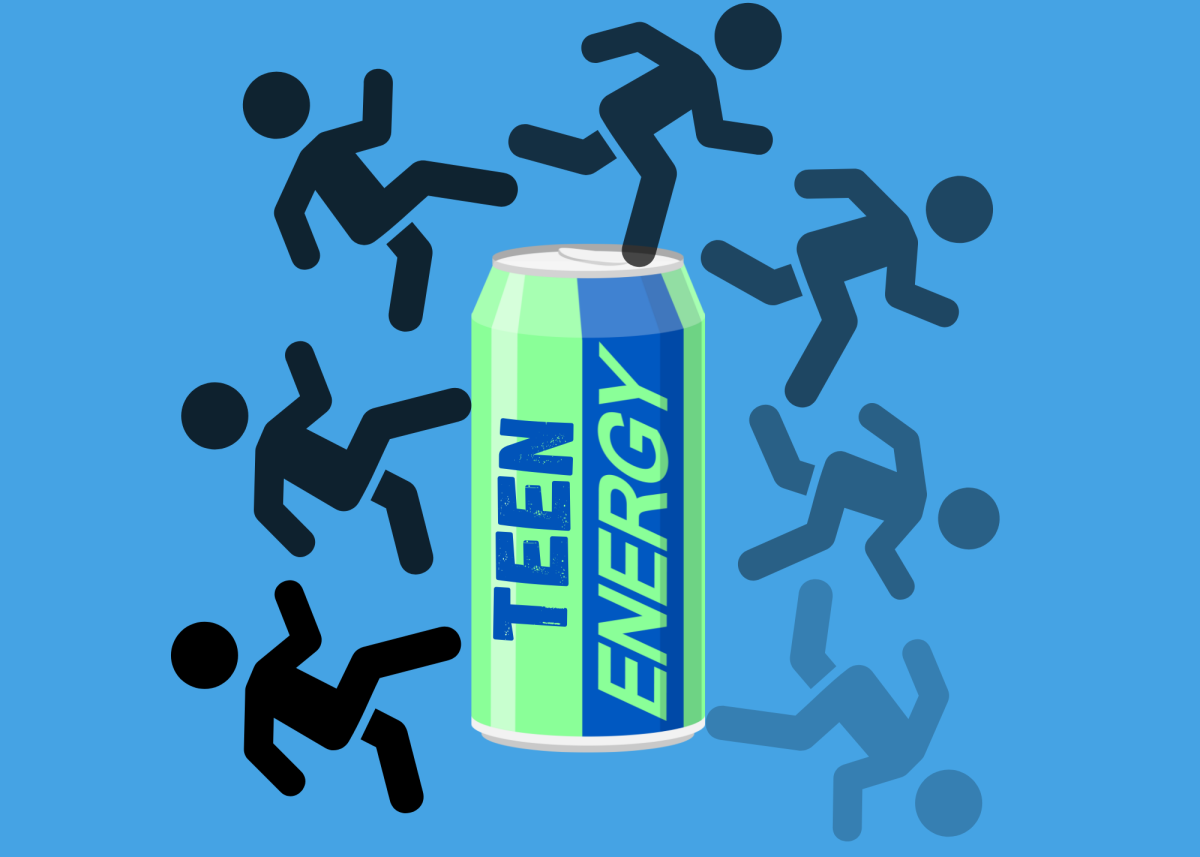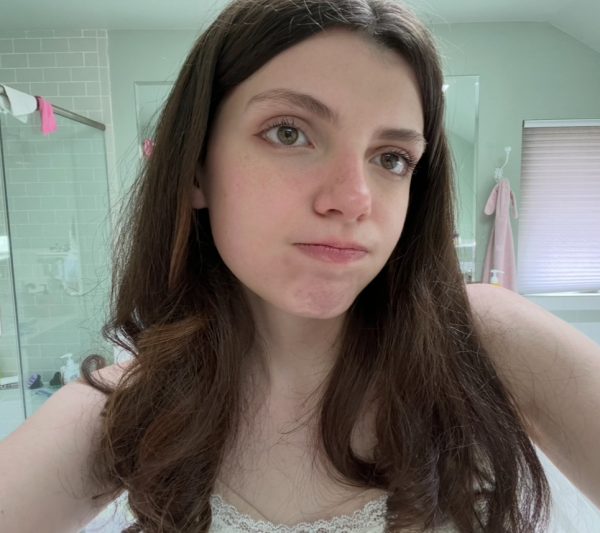Wealth, publicity, and relevance: the Holy Trinity of the entertainment industry. These three words motivate just about every single decision made by every manager, producer, agent, and executive in the avaricious enterprise that is the pop culture scene.
Chasing these objectives often lead major celebrities–under the direction of the covetous pack of mercenaries called their management–into controversy. Prime examples of some of the all-time worst publicity stunts include: Sydney Sweeny’s American Eagle campaign, Kendall Jenner’s Pepsi ad, Jojo Siwa’s numerous rebrands, Sia’s 2021 Music film, Joaquin Phoenix’s feigned manic episode in 2009, and countless failed influencer music careers.
I’d like to add another to the list: PRELUDE, the “final piece,” a prime example of the exploitation of vulnerable, struggling artists by major labels for the sole purpose of obtaining that Holy Trinity at the expense of the very people they are profiting off of.
PRELUDE is a HYBE-Geffen-owned girl group that will consist of four members: Emily Kelavos, Samara Siqueira, Lexie Levin, and a fourth member that will be chosen through a typical K-pop training survival show, which will air on a Japanese TV network called Abema later this year. The significance of the launch of this group can only be truly understood with two years worth of context. PRELUDE has a history, a dark history, one that is unfortunately shared by relatively every idol in the K-pop industry. Though this is technically the group’s debut, their story can actually be traced back all the way to 2021, but most notably, a fateful day in November of 2023.
Ten girls were lined up on stage at 7 p.m. on Nov. 17, 2023. There were 120,000 auditionees. Twenty-two trainees. Ten finalists. Six spots. Only six girls would watch their fantasy become a reality. Out of the twenty-two lucky girls who were selected to become trainees for a spot in the girl group, the monumental product of the first ever collaboration between an American record label (Geffen) and a Korean management company (HYBE), only ten made it to the stage that night.
Sophia Laforteza, Emily Kelavos, Daniela Avanzini, Megan Skiendiel, Marquise Auramonrat, Meret-Manon Bannerman (Manon), Ezrela Abraham, Jeung Yoon-chae (Yoonchae), Samara Siqueira, and Lara Rajagopalan (Lara Raj) stand in front of a crowd of thousands, watched by an online audience of millions, about to find out on live TV whether their 2.5 years of hard work will earn them a spot in one of the most innovative groups in pop history, or if their starlet dreams will be crushed on live TV.
But which six will have the privilege of hearing their names called through the speakers?
First name: Sophia from the Philippines, twenty years old, with 100.6k votes.
Second name: Lara from New York, seventeen years old with 82.6k votes.
Third name: Yoonchae from South Korea, fifteen years old with 53.2k votes
Fourth name: Megan from Hawai’i, seventeen years old with 44.2k votes.
Fifth name: Daniela from Georgia, nineteen years old with 50.4k votes.
Sixth name: Manon from Switzerland, twenty-one years old with 45.7k votes.
The six girls are delighted. They sob and hug each other and wave–proud and beaming–to the audience.
Now, almost two years later, everyone’s heard of KATSEYE, the industry’s first “global girl group”. The group was constructed and is managed by two corporations: Geffen records, an American record label, and HYBE, a South-Korean-based entertainment company. The training-program-turned-survival show was released on Netflix as the docu-series Popstar Academy: Katseye, also known as Popstar Academy: the Debut, or “Dream Academy” online.
KATSEYE follows the traditional K-pop template with influences from American culture in their music, style, and public presence. The feature that sets it apart from most other K-pop groups, which typically contain exclusively Korean members, KATSEYE consists of girls of all different ethnicities from all over the world. KATSEYE also followed the standard K-pop T&D (training and development) program, which was the premise of the Netflix docu-series.
But what about the four whose names weren’t called? Emily, Marquise, Samara, and Ezrela? And what about the twelve girls who were eliminated even before them? What are their untold stories, and what will it take for the true nature of the T&D industry to be exposed?
In the wake of KATSEYE’s global success–playing at Lollapalooza this past summer, releasing two EPs since their debut in 2024, producing numerous TikTok hits, viral dances, airing their iconic GAP ad, playing a sold-out world tour, gaining millions of followers online, drawing in over 30 million monthly listeners on Spotify, collecting nearly 1B streams, winning a VMA, and even being scheduled to play at Coachella this Spring–HYBE and Geffen couldn’t resist attempting to emulate their stardom. A year after KATSEYE’s debut, the enterprises decided it was time for more. A decision that, in my opinion, might be one of the worst publicity moves in pop history.


